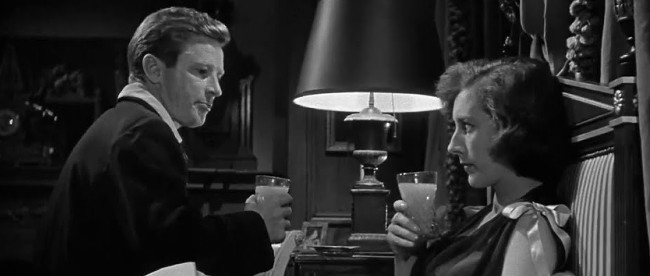The House on Telegraph Hill

Directed by Robert Wise, The House on Telegraph Hill details the complications that ensue after a concentration-camp survivor (Valentina Cortese’s Viktoria Kowalska) assumes the identity of a fellow prisoner and arrives in San Francisco to start her new life. It’s a compelling setup that’s employed to deliberate yet increasingly engrossing effect by Wise, as the filmmaker, working from Elick Moll and Frank Partos’ screenplay, delivers a solid endeavor that remains impressively unpredictable for the bulk of its brisk running time – with this particularly true of an opening stretch that contains few clues as to where the narrative’s heading. And although the picture admittedly does suffer from a bit of a stagnant feel once Viktoria arrives in San Francisco, The House on Telegraph Hill benefits from Lucien Ballard’s stylish visuals and a growing emphasis on mysterious and downright ominous elements (eg Viktoria butts heads with Fay Baker’s rather sinister figure) – with the movie eventually building towards an unexpectedly tense third act rife with memorable scenes and set pieces (eg a terrific interlude involving a glass of orange juice). The end result is a first-class film noir that is, generally speaking, far more engaging and enthralling than one might’ve initially anticipated, and it’s clear, ultimately, that The House on Telegraph Hill deserves a place alongside other notable entries within the genre.
***1/2 out of ****

Leave a comment
You must be logged in to post a comment.